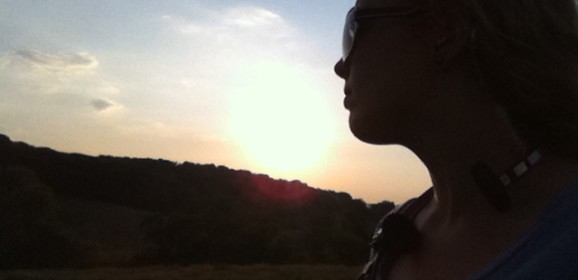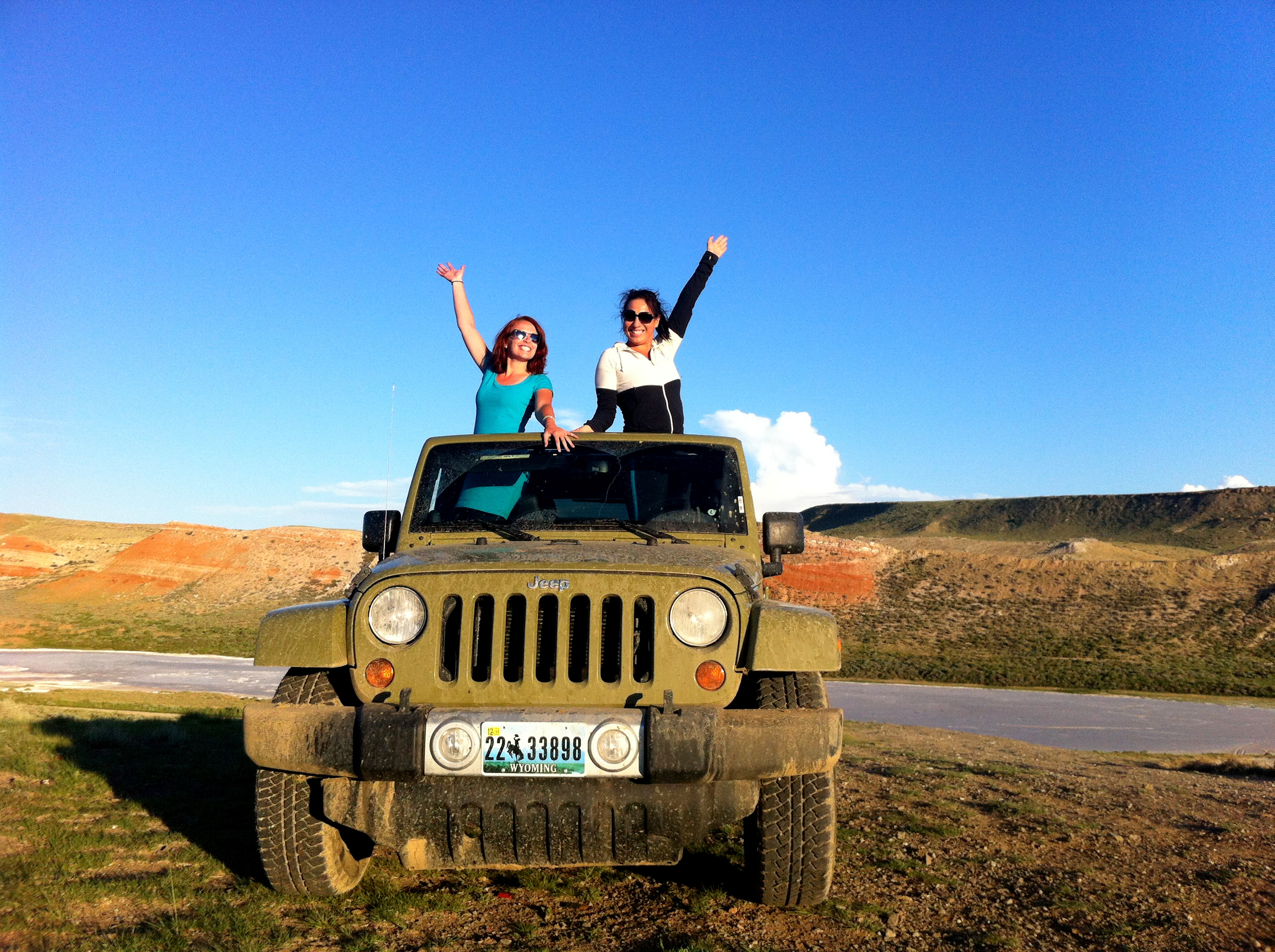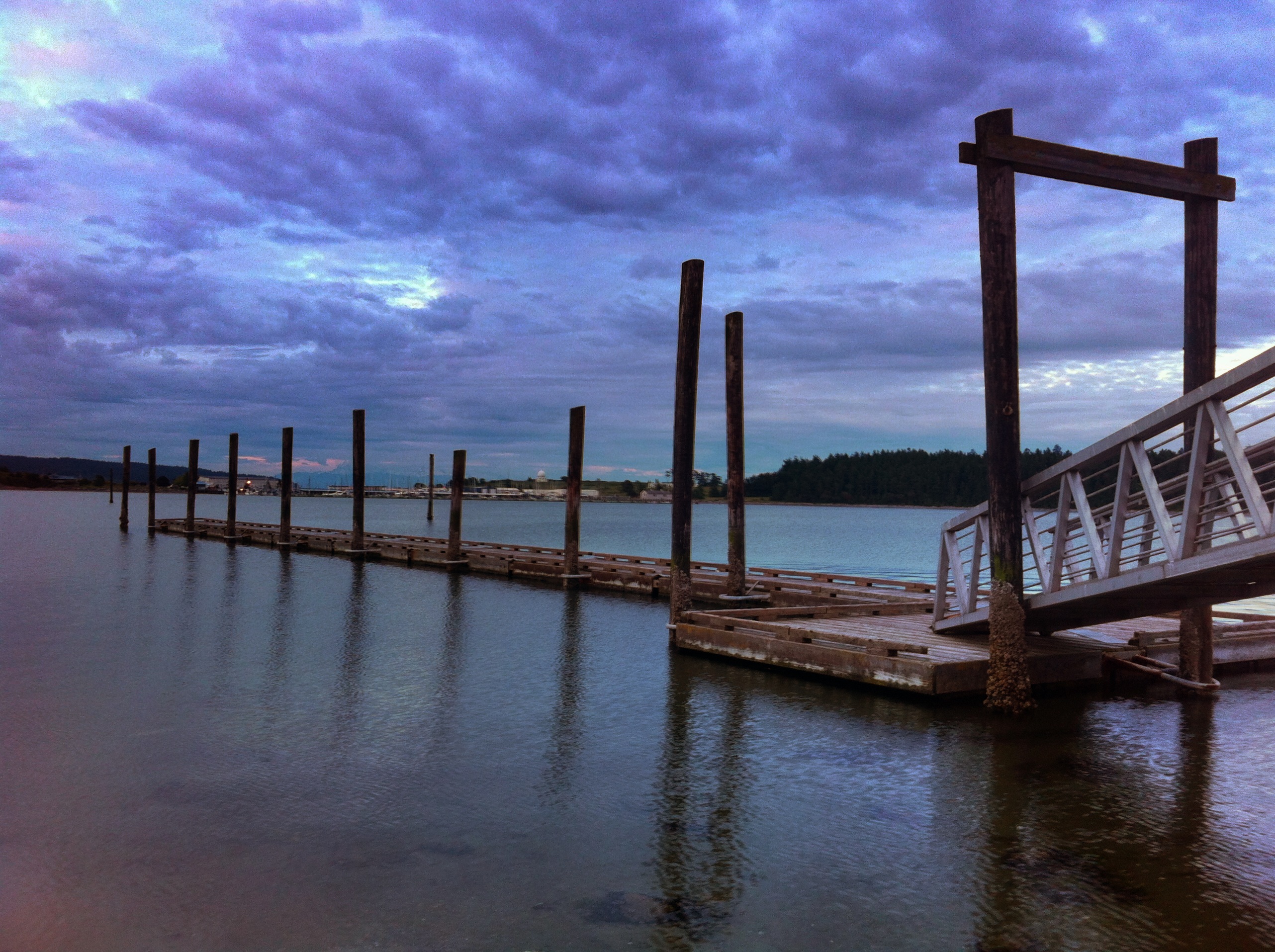Film Industry Beginnings: My First Mentor
“You like the Saints?” was the first thing he said to me. He pointed to the baseball cap I was sporting — a white cap with a light gold Fleur de Lis. “Yeah. I love New Orleans. It’s a great city,” I responded. “I think we’re gonna have a good year,” he said. “Our offense is really lookin’ good.” We were in an old dive bar, one that reeks of decades of cigarette smoke and spilt booze — or, in other words, the perfect and most original location for every country music video that’s ever been filmed. I think I worked on three music videos in that bar that summer. A crusty pool table was in the center of the bar, and on it were call sheets and random pieces of grip and electric equipment. I was a new, eager, and completely broke production assistant. 2008 couldn’t have been a worse time to launch a freelance career in any line of work. After months of living off a diet of offbrand spaghetti-o’s and stress, the threat of trying to find a “real job” was descending on me like a dark cloud. Miraculously, I received a call to work as a PA for two days in the boiling summer heat — and I was determined to make a lasting impression. That’s how I found myself in that dive bar, hustling like crazy, and doing my best to anticipate and be in the right place when someone needed assistance. My fellow Saints fan took notice — someone finally noticed I had potential — and he kept getting me on gigs throughout that summer with several production companies. New producers and assistant directors started learning my name. That fall, he helped me land my first set PA position on an independent movie. “We’re shooting to FILM!” he said to me with complete excitement one early morning, before I’d had time to digest the caffeine in my coffee. “Laryssa, do you know how obsolete that’s going to be in a few years? It’s going to be an amazing thing for you to tell your kids that ‘yes, I worked on movies that were shot on film’!” He loved everything about movies, and the process of making a movie. He was constantly on the move with purpose, usually talking into his walkie. If he wasn’t getting stuff done, he was studying the schedule or the day’s sides (“sides” are the pages of the script filmed in a day). He had a rugged arrogance, but a blazing passion: he knew how to do the job. And he sought out likeminded, less experienced kids to take under his wing....
Working as a Local in Los Angeles When You’re Not a Local
Last year, I was offered a production job on the West Coast. The only way I was eligible was if I agreed to fly myself to Los Angeles and work as a local — and I had less than 24 hours to decide if I would take the job. If you’re trying to make a career in a film/tv in a mid-level market, sooner or later you’ll be given the opportunity to work out of a major city — perhaps Los Angeles. Should you take it? Why I Took the Gig World-renown production company = Resume boost. There’s only a handful of production companies in mid-market cities, and few operate on a nationwide scale, and even less break into the realm of blockbuster movies. The series was to be produced by one of the top companies in the world that have extensive accolades in both television and film. I looked forward to writing their name on my resume. The show would air on a large, well-known network that had nothing to do with country music. Nashville production isn’t all about country music, but for one reason or another, it was all that had ever paid my bills. My resume cried out for diversification under the “Network” column. Working in Los Angeles = massive street cred. Perhaps one of the biggest misnomers in the film industry doled out by folks from Los Angeles is that people who haven’t worked in Los Angeles are ignorant. Maybe it’s a superiority complex that can be blamed on consuming large amounts of kale and smog, but it’s simply not the case. Regardless, people who claim they’ve “spent time working in LA” do seem to shoot up the ladder quicker. There was zero television production work on the horizon. I wasn’t going to be making any money in the immediate future back home, unless I took a big step backward and worked as an office grunt for a low-budget movie (full disclosure — it ended up being Robin Williams’ last… definitely would have excused the otherwise non-advisable career move). I have an insatiable thirst for adventure. I’ve always wondered if, given a last-minute opportunity to disappear for a few months, would I actually take it? Working as a Local in Los Angeles: The Challenges Despite coming up with fairly savvy plan in a short amount of time, there were several curveballs that I couldn’t anticipate. Production Schedules are Rarely Firm. The plan was to have 3-4 weeks based out of Los Angeles and two months on the road. I ran the numbers quickly: I was slated to make $200/week more than my normal rate, and when you’re on the road, you earn...
The Truth about being a Production Assistant: A Day in the Life (Part 1)
Film Terminology Used in This Post basecamp = where all movie trailers are located: actors, makeup & hair, wardrobe, assistant director department, etc. call sheet = outline of which scenes will be filmed with what cast; also has a crew list with each crew member’s call time call time = time when you’re due on set transpo = transportation crew; the shuttles that move crew to set are 15 passenger vans sides = miniature script, reflecting the pages that will be shot that day skins = list of names of all background extras and the roles they’re playing A Day in the Life of a Set Production Assistant on a Feature Film 4:20a. Rise and shine in the black of night. Think about who else is awake at this godforsaken hour. Shower, get dressed in layers. 5:00a. Leave home, teeth chattering, in the brisk morning air, thinking It’s too early and too cold to be awake. 5:45a. Arrive at basecamp. 5:46a. Stagger into the AD trailer, bleary-eyed, where the 2nd 2nd AD is already sitting and working feverishly on their laptop. Wonder if you ever really want that job. Grab walkie talkie and fresh bricks; fumble the simple task of putting on the walkie talkie headset/earpiece. 5:50a. Run over to catering, order a delicious, customized breakfast burrito with avocado. Mmm. Get much needed coffee, choose from 10 different kinds of coffee creamers. Think this breakfast alone is worth getting up in the morning. 5:55a. After scarfing down burrito, run back to AD trailer. Grab a few callsheets, sides, and “skins”. 5:56a. Make small talk with transpo driver while riding to set. Enjoy the heat spilling out of the vents and this brief moment of comfort. Get a little too hot just in time to- 6:00a. -clumsily climb out of transpo van into the bitter cold, and drop half the sides in a puddle. Try to wipe off mud from the back of the sides, smearing it more. It’s 6am, call time, the time you’re due at extras’ holding. There’s already a few extras waiting outside the door. Quickly run inside the door at extras’ holding, which is an abandoned building that used to be a strip club. Look at the pole in the middle of the floor and think once again it’s too early for this. 6:15a-7a. The majority of the extras start to arrive. Muster up a cheerful smile to welcome them. Say Hello to a few of the regulars by name. The newbies are giddy with nervous excitement. Explain to them how to fill out their paperwork. Explain the Exhibit A & B sections on the paperwork two dozen times, because that...
What to Expect When Visiting Oak Harbor, Washington
Oak Harbor, Washington is nestled on Whidbey Island, one of the islands amidst the waterways of western Washington. If you’re driving to British Columbia by way of Seattle, you should absolutely take a detour to Oak Harbor. The sunlight is always up, it seems. Full sunlight would spill through my hotel’s curtains every morning at 5am, and every morning I’d wake in a panic that I’d overslept. The sun wouldn’t dip beneath the horizon until after 10pm. The best parts of Oak Harbor are right off the highway. It felt like I was in a painting. To be this far north in the winter must be brutal, but Oak Harbor in the summertime is enchanting. And apparently, the Puget Sound is one of the best places in the country to become a raw oyster fanatic! While I enjoy oysters Rockefeller, the thought of raw oysters makes me gag (the only time I’d tried one was in Charleston — and it was gross). I wasn’t the kind of person that ate raw oysters before visiting Oak Harbor. One of the guys on our crew is from Washington, and promised I wouldn’t regret trying an oyster from his homeland. I learned that the Pacific Northwest provides the sweetest oysters in the country, specifically the Baywater Sweet variety — which are farmed in the nearby Thorndyke Bay. I had my first raw oyster from the Pacific Northwest at Fraser’s Gourmet Hideaway. We sat at the chef’s bar and got to talk a little with the owner and head chef, Scott Fraser. We watched him prepare each dish with scrutiny; every plate a masterpiece. As soon as I took a sip of my glass of Maryhill Viognier paired with a raw oyster, I knew I was in for one of the best dining experiences of my life. Each appetizer was better than the last. The crabcakes were delicious, the calamari was perfectly breaded and tender — but the tapas plate was my favorite. Have you ever had a bacon-wrapped date? It is absolutely exquisite. After an excellent meal, we walked to the nearby shoreline. It was almost ten o’clock at night, and the streets were quiet as somewhere behind the clouds, the sun finally began dipping beneath the horizon. It’s hard not to think about the infinite when staring into an endless canvas of blues and dashes of a fading sun. There is a LOT of driftwood on the banks of Oak Harbor – I’d never seen so much in my life! If you’re headed to Victoria from Seattle in the summertime, I highly recommend a night’s stay in Oak Harbor. It’s a hidden gem in the United States, a...






 I'm Laryssa, and when I'm not working in film or television, I'm attempting to travel -- or I'm here, providing resources for working in film or travel.
I'm Laryssa, and when I'm not working in film or television, I'm attempting to travel -- or I'm here, providing resources for working in film or travel. 









